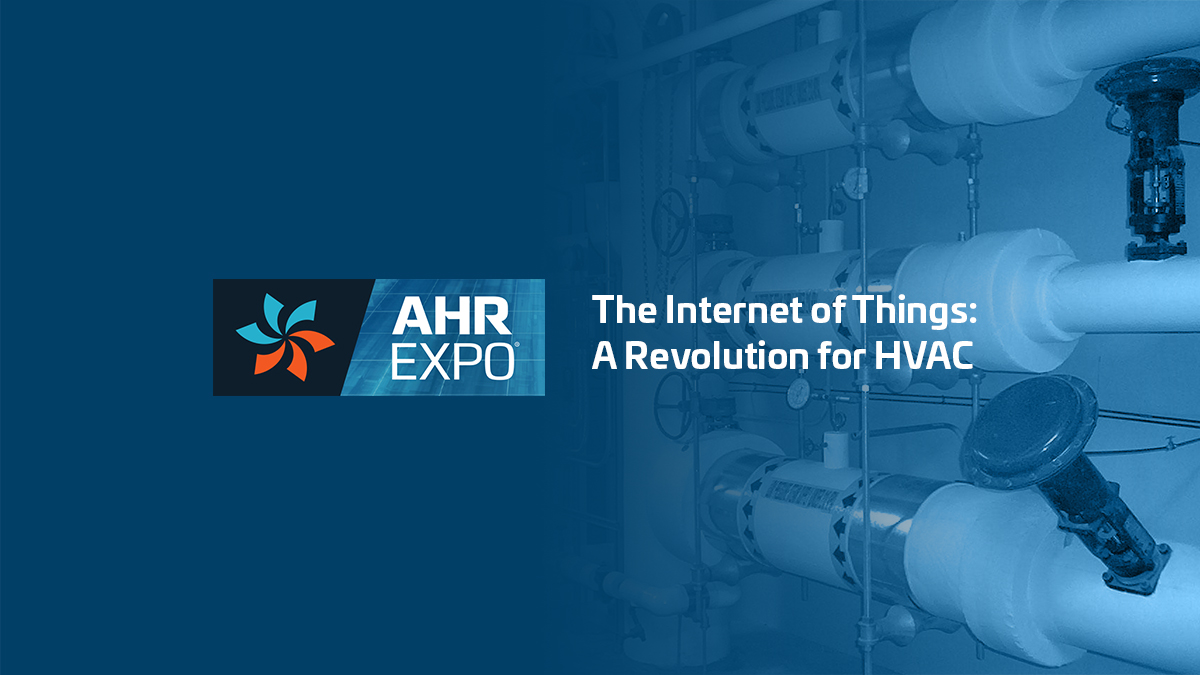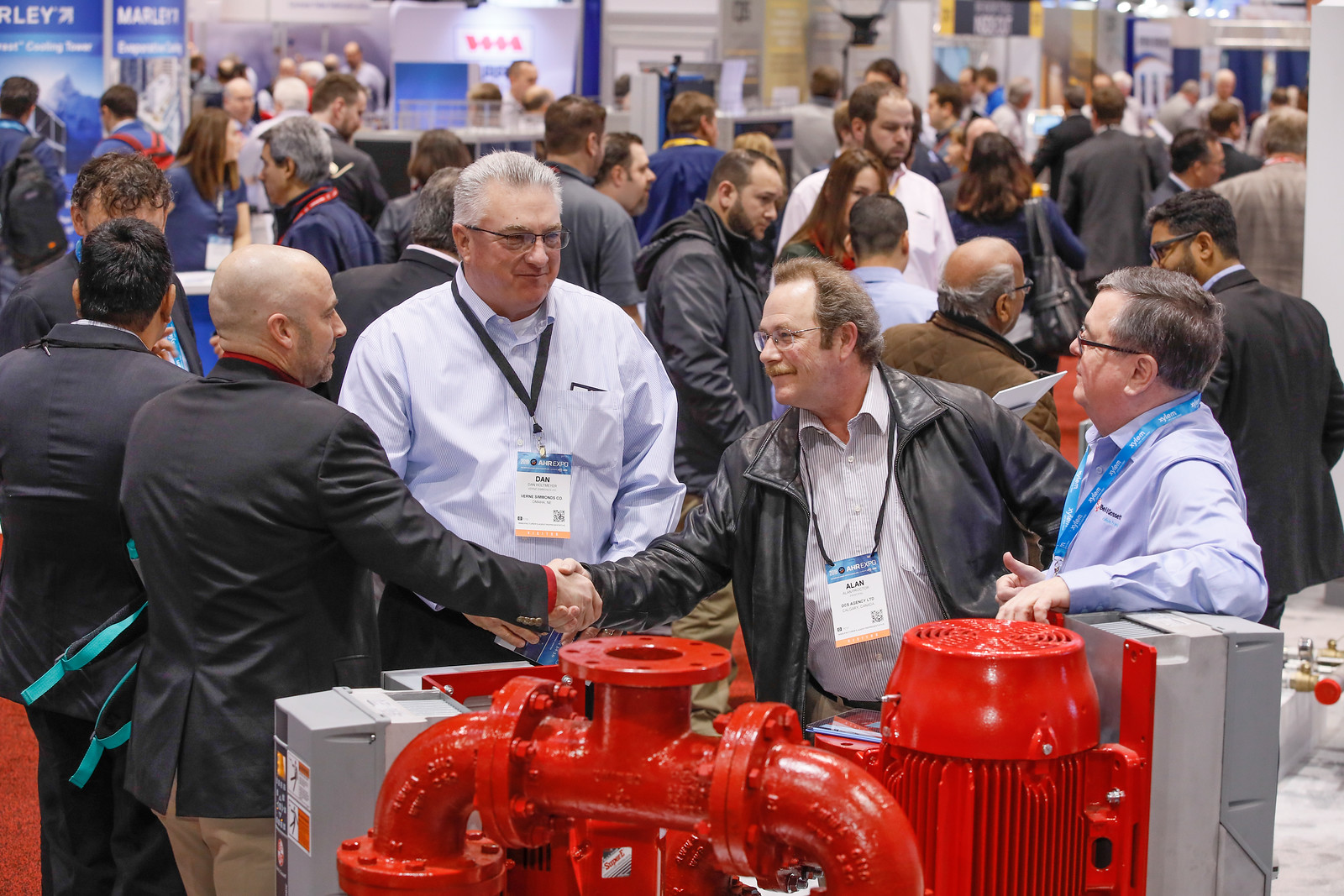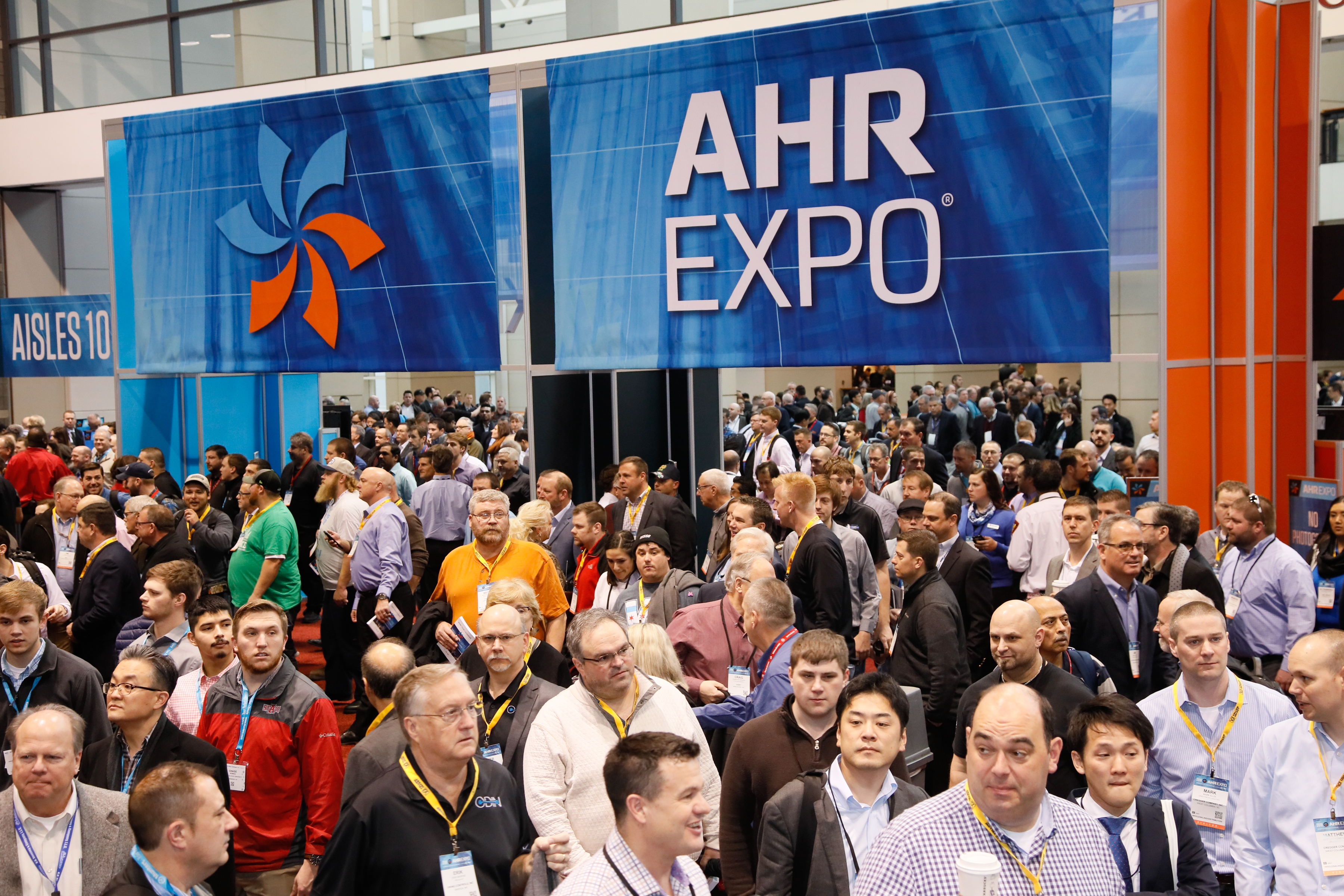
At the AHR Expo ‘Future of Building Automation’ panel, Scott Cochrane of Cochrane Supply opened his presentation by stating, “we were putting in [Direct Digital Control (DDC)], but then one day someone connected it to the internet and that changed everything.” The BuiltWorlds team heard similar sentiments repeated throughout the AHR Expo: the Internet of Things (IoT) is the frontier of HVAC/R.
For HVAC/R manufacturers, building facilities managers, and building owners, the upfront benefit of IoT enabled HVAC/R equipment is preventative maintenance. Earl Doyle, the Director of Product Management for HVAC/R & Smart System Building Efficiency at Johnson Controls, highlighted that his company’s line of smart equipment for HVAC/R provides critical fault detection so that facilities managers can repair equipment before failures occur.
Kyle Murray, the Director of Marketing at Bosch, similarly discussed Bosch Thermotechnology’s IoT enabled equipment. He related that if maintenance is slow and ineffective, customers blame Bosch, even if poor maintenance is the fault of service providers. By providing contractors with the ability to conduct preventative maintenance, Bosch is improving its already highly regarded brand.
IoT not only makes HVAC equipment easier to manage, but also provides manufacturers with data that they can leverage to develop better products. Jonathan Moscatello is a consultant for Ventacity, which produces an IoT enabled ventilator coupled with a proprietary building automation software, HVAC². Moscatello said that the Ventacity product suite provides “a thing [manufacturers have] never had [before] – deep, rich, geographically based information about products.”
Fujitsu has recently partnered with Ventacity to create a VRF–HRV solution for small to mid sized buildings. Mike Scharff, a Sales Engineer for Fujitsu’s HVAC division, said that the ability to harvest data on Fujitsu VRF products was one of the main reasons that Fujitsu pursued a partnership with Ventacity.

BuiltWorlds heard similar praise of the data provided by IoT enabled products from Calvin Sellwood, a Product Manager at Ayla Network. Ayla is a cloud-based platform that allows OEMs to easily connect devices to the internet. Sellwood explained that one of Ayla’s customers, A.O Smith, discovered the benefits of IoT with their water heaters and boilers. With all of the data they are getting from IoT, they know exactly which product is failing and they can create a better component for the next generation.
A number of companies like Ayla have cropped up to help HVAC/R manufacturers that are less tech savvy than Fujitsu, Ventacity, and Bosch to incorporate IoT into their businesses. For instance, Ciqada creates white labeled customized solutions for OEM product manufacturers who want to make their products IoT compatible. Another company, Mnubo, helps OEMS and equipment manufacturers analyze the data from IoT devices after they have been enabled. Mnubo creates reports that detail where equipment is located, how equipment is being used, equipment performance over time, trends in fault alerts, and predictions on when machines will require repair.
IoT has the potential to provide significant value to the HVAC/R industry, but it can only provide that value if it is properly implemented. In order to successfully mobilize IoT in the HVAC/R industry, manufacturers and building owners require tech savvy employees, many of whom are millennials. Cochrane believes “in the future, there’s a high probability that we’re going to be mentored by people younger than us. They understand the value of this digital transformation.”
Jonah Peskin, the Advanced Technology Director at Ventacity, also highlighted the importance of millennials, stating “as a newer generation of technicians and contractors enter the workforce, they’re more comfortable using their phones and tablets.” Patrick Devanney, the Associate Director of the UIC Engineering Career Center, attended the expo hoping to take advantage of the enthusiasm for recruiting young people.

Finding the right people is only one piece of proper implementation. According to a study on Intelligent Building by Frost and Sullivan presented at a panel, HVAC/R manufacturers and building developers also need to adopt “collaborative implementation” process to optimize IoT usage. Nabeel Parker, a research analyst with Frost and Sullivan, defined “collaborative implementation” as when the owner/developer of a building communicates with every value chain partner and value chain partners communicate with each other throughout the building or retrofit process.
Value chain partners include architects, contractors, maintenance staff, technologists, and even product manufacturers. “When technologies are considered in isolation, there is no optimization,” Parker said. “If you have a good design, but there is no communication between value chain partners, you will end up with a sub-optimal building.”
The key takeaway from the AHR conference is that IoT is changing the face of the HVAC/R industry, but it will only be effective if it’s properly supported by well-trained staff using collaborative implementation processes.
Photos courtesy of the AHR Expo.



Discussion
Be the first to leave a comment.
You must be a member of the BuiltWorlds community to join the discussion.